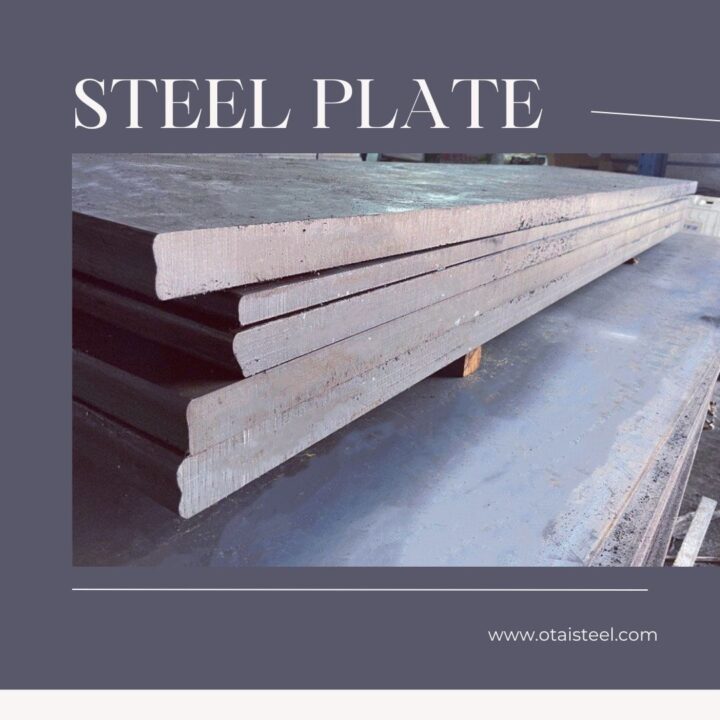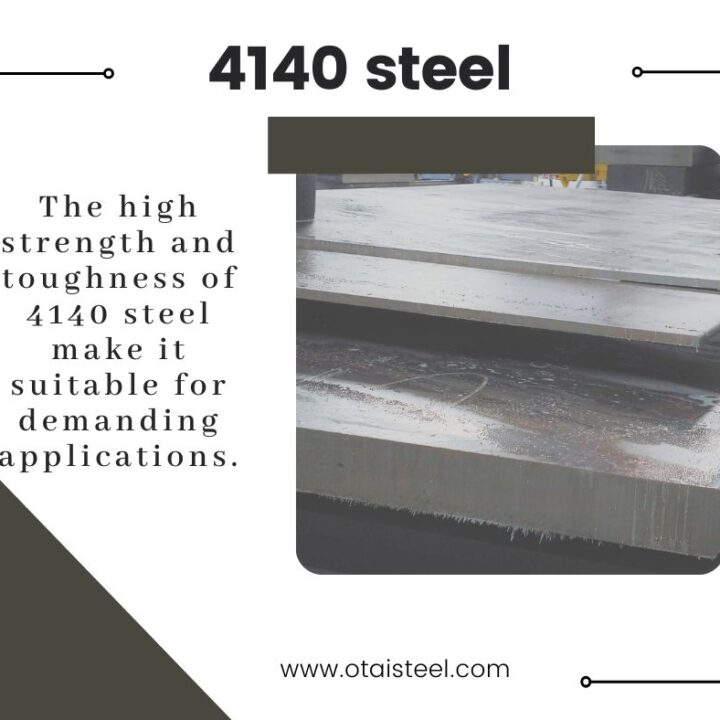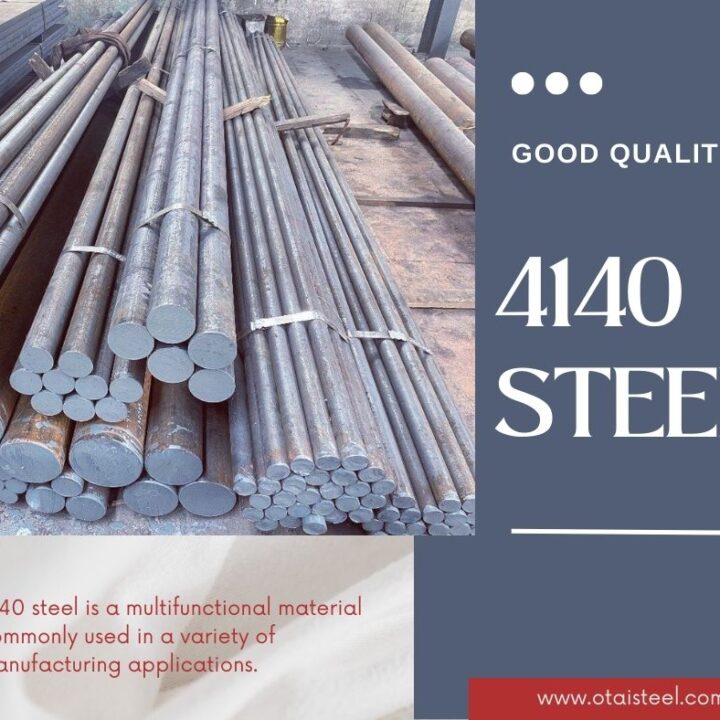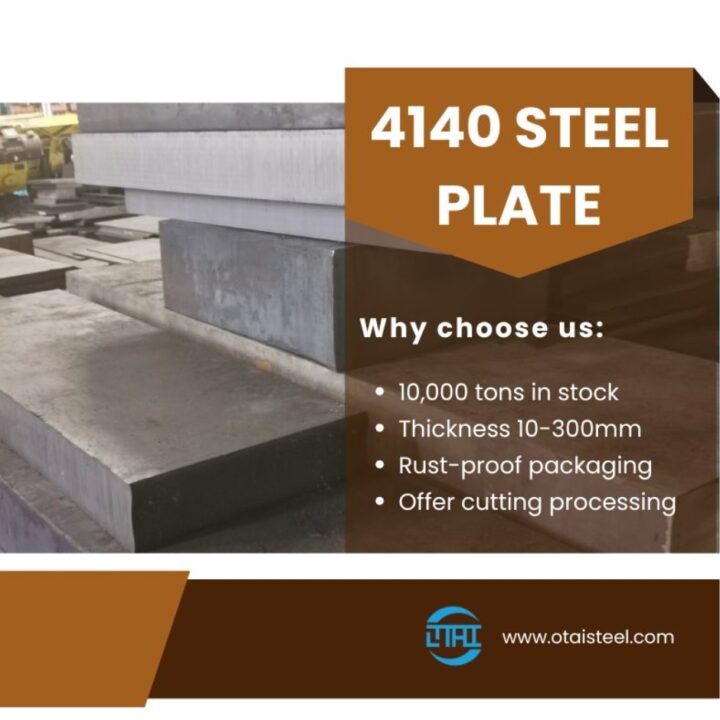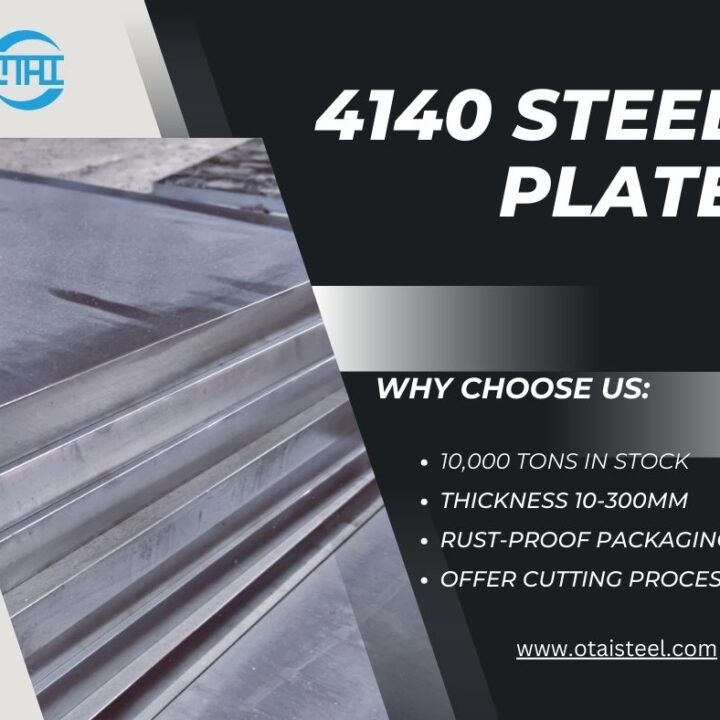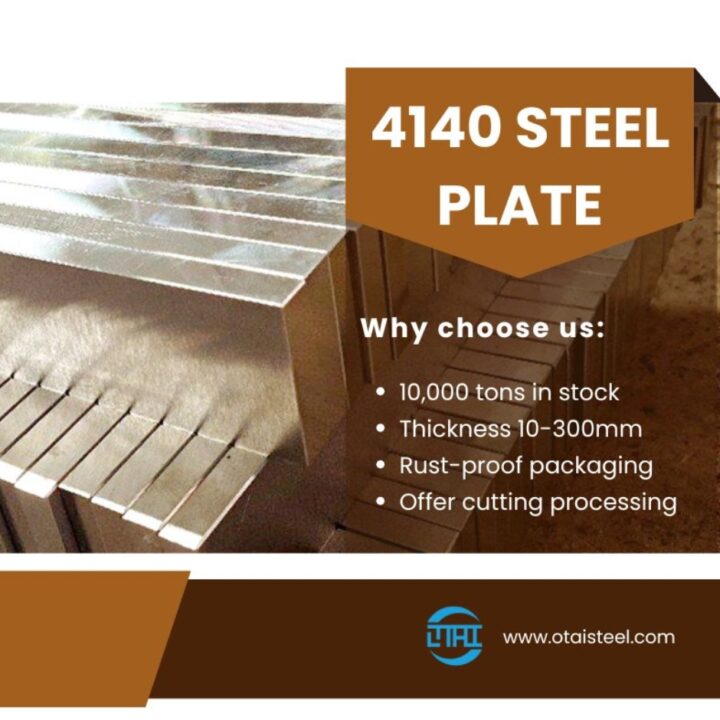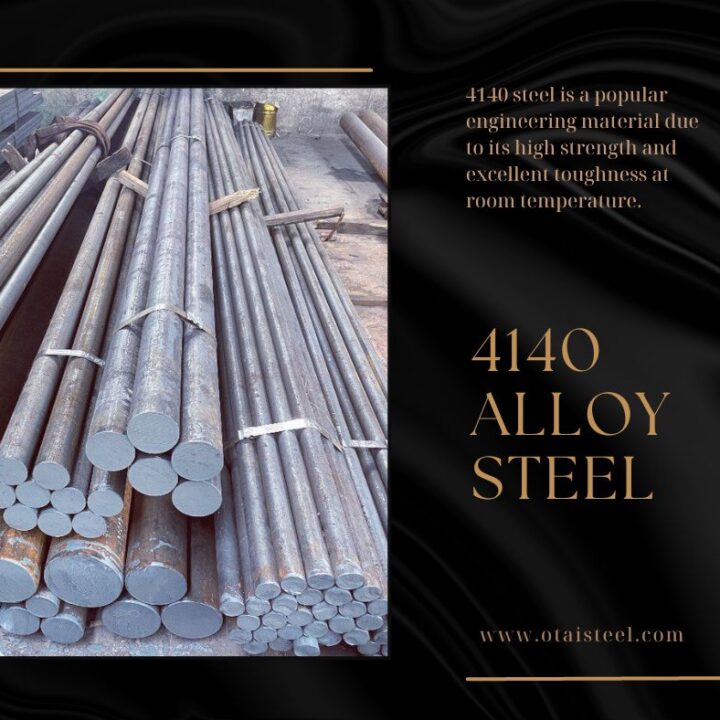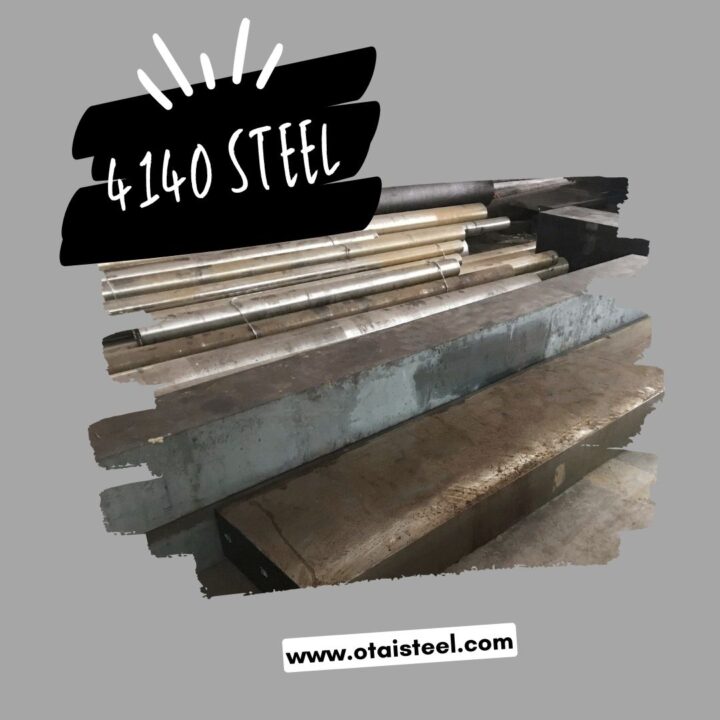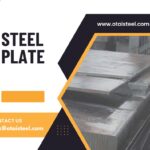18crnimo7-6 standard- Finding the right supplier
In the vast landscape of steel alloys, 18CrNiMo7-6 stands as a versatile and reliable material, but for those unfamiliar with its standard, properties, and procurement avenues, navigating the steel market can be daunting. In this guide, we’ll delve into the intricacies of 18CrNiMo7-6, exploring its standard, chemical composition, applications, sizes, prices, and how to find the best suppliers.
Understanding the Standard: 18CrNiMo7-6
18CrNiMo7-6, a low carbon alloy steel, adheres to the EN 10084 standard. This European standard sets the criteria for the technical delivery conditions of case-hardening steels, outlining the chemical composition and mechanical properties that characterize 18CrNiMo7-6.
Chemical Composition: What Makes 18CrNiMo7-6 Tick?
The magic lies in its composition: 18CrNiMo7-6 is composed of 0.15-0.21% carbon, 1.50-1.80% nickel, 1.40-1.70% chromium, and 0.25-0.35% molybdenum. This blend provides the steel with excellent hardenability and toughness, making it ideal for applications requiring high strength and durability.
Hardness Matters: Unveiling the Strength of 18CrNiMo7-6
One of the standout features of 18CrNiMo7-6 is its remarkable hardness. With a typical hardness range of 58-63 HRC after quenching and tempering, this steel ensures superior wear resistance, making it invaluable in demanding applications such as gears, crankshafts, and heavy-duty machinery components.
Applications Across Industries: Where 18CrNiMo7-6 Shines
The versatility of 18CrNiMo7-6 extends across various industries. From aerospace components to automotive gears and heavy machinery, this steel’s unique combination of strength and toughness makes it a top choice for applications where reliability is paramount.
Sizing Up: Available Sizes of 18CrNiMo7-6
Manufacturers produce 18CrNiMo7-6 in a range of sizes to accommodate diverse industrial needs. Commonly available in rounds, flats, and squares, this steel caters to different machining requirements, providing flexibility for engineers and designers.
Navigating the Price Spectrum: What to Expect
Understanding the pricing dynamics of 18CrNiMo7-6 involves considering factors such as market demand, supplier reputation, and order quantities. Prices may vary, but a thorough market analysis will help in identifying competitive rates without compromising on quality.
Finding the Right Supplier: A Crucial Step
Sourcing 18CrNiMo7-6 steel requires careful consideration. Look for suppliers with a proven track record, certifications, and a commitment to quality control. Engage in transparent communication to ensure that your specific requirements are met.
Beyond the Basics: Additional Considerations
When dealing with 18CrNiMo7-6, it’s essential to factor in heat treatment recommendations, machining characteristics, and compliance with industry standards. Attention to these details ensures optimal performance and longevity of the material in your applications.
In conclusion, 18CrNiMo7-6 is more than just a steel alloy; it’s a reliable solution for demanding industrial applications. By understanding its standard, properties, and applications, you can make informed decisions when sourcing this steel. Remember, finding the right supplier is key to unlocking the full potential of 18CrNiMo7-6 in your projects.
